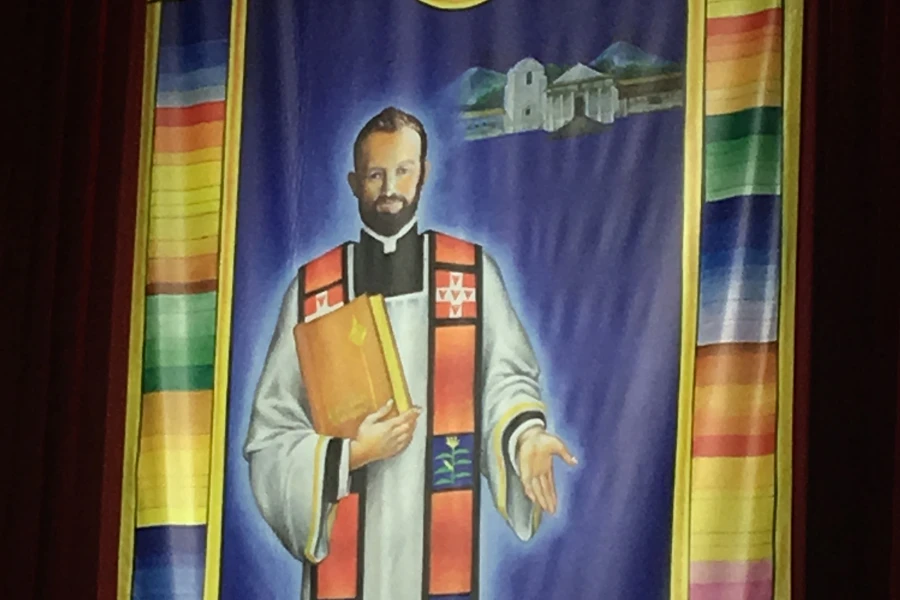
Washington D.C., Oct 9, 2018 / 02:30 pm (CNA).- The Department of Education has awarded the 2018 National Blue Ribbon to more than three dozen Catholic schools. Of the nearly 50 private schools to receive the designation, almost 90 percent were Catholic. The awards were made public Oct. 1 in an announcement by Secretary of Education Betsy DeVos.
A total of 349 schools nationwide — 300 public and 49 private — received the honor in 2018.
Of the 49 private schools honored, 44 of them were Catholic institutions, including schools in Connecticut, Georgia, Illinois, Iowa, Kansas, Kentucky, New Jersey, New York, Ohio, Pennsylvania, Texas, and Virginia. Most of the schools are administered by their respective dioceses.
“The coveted National Blue Ribbon Schools award affirms the hard work of educators, families and communities in creating safe and welcoming schools where students master challenging and engaging content,” said the Department of Education in a press release announcing the winners.
The schools will be honored at an awards ceremony in Washington, D.C. on November 7 and 8.
“We heartily congratulate the 44 Catholic schools that were recently designated 2018 National Blue Ribbon Schools by the United States Department of Education,” Mary Pat Donoghue, Executive Director of the Secretariat for Catholic Education at the United States Conference of Catholic Bishops, told CNA.
Catholic schools are by their nature “ordered to an integral formation of the human person which seeks wisdom and virtue through the development of faith and academics,” she said.
“The extraordinary work of these schools demonstrates their commitment to this mission and to the important role that Catholic schools play in American education today.”
“As Catholic schools work toward the common mission of integrating knowledge with faith in the lives of young people, the honor of being named a National Blue Ribbon School reaffirms their excellence and showcases these schools as extraordinary communities,” said National Catholic Educational Association President and CEO Thomas W. Burnford in a press release published on the group’s website.
“It is with great joy that we celebrate and witness these schools’ noteworthy accomplishments.”
Blue Ribbon Schools are either categorized as “Exemplary High Performing Schools,” which means they are among the highest-performing schools in their state on standardized tests, or “Exemplary Achievement Gap Closing Schools,” which are are among the highest-performing in a given state at closing achievement gaps between their student body and all students in the state over the past five years.
All of the Catholic schools were recognized by the Department of Education as “Exemplary High Performing Schools.”
Since the Blue Ribbon Schools program began in 1982, over 8,800 schools across all 50 states have been recognized.
If you value the news and views Catholic World Report provides, please consider donating to support our efforts. Your contribution will help us continue to make CWR available to all readers worldwide for free, without a subscription. Thank you for your generosity!
Click here for more information on donating to CWR. Click here to sign up for our newsletter.





This is yet another proof that those who oppose government financial help for Catholic schools are actually harming the country and the students of our times. The outstanding quality of Catholic education is proven time and time again all over the world. Jesus said, “without me, you can do nothing.” That is the real explanation for all of this.